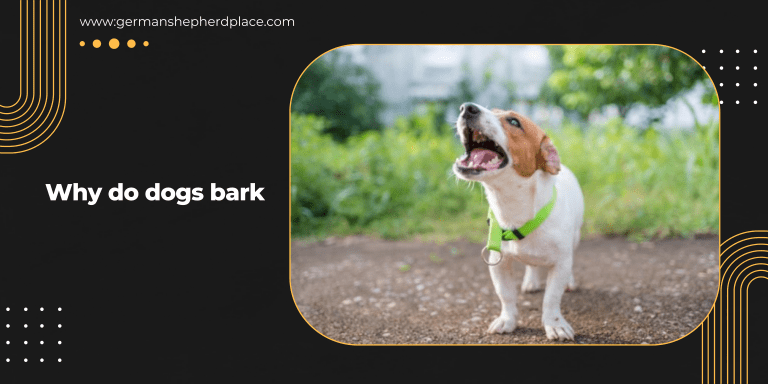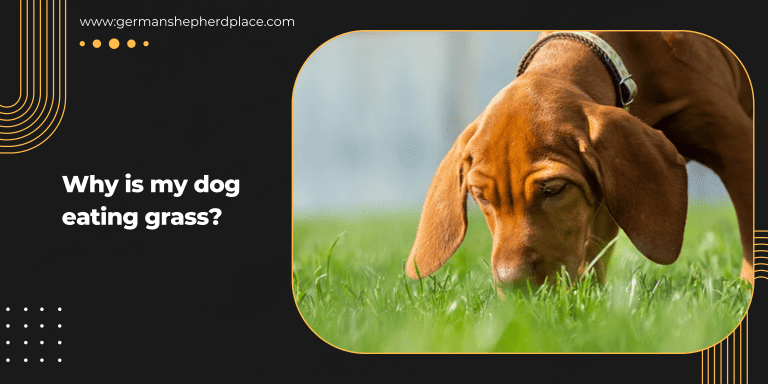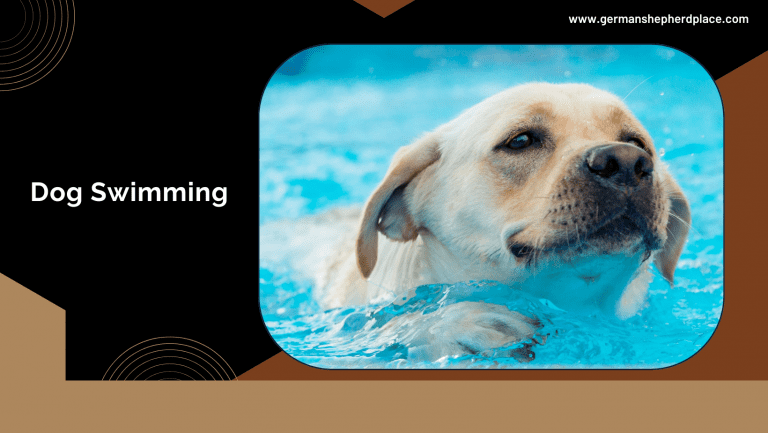TRAINING YOUR GERMAN SHEPHERD
Effective Dog Training – Starting Young
Typically weaned at about 6 weeks, your German Shepherd is at this point ready to begin exploring the world beyond the nurture of his mother and littermates. This crucial period, extending to around his 14th week, is when he is most impressionable to new experiences. It is the ideal time to begin actively socializing your pup and to begin training him.
Getting Your Dog Acquainted With the World Around Him
Early training needs to go hand in hand with socialization. This involves getting your pet used to new sights, sounds, and experiences, and most important, meeting other dogs large and small, and people of all kinds. Get your German Shepherd acquainted with bicycles, strollers, cars and anything else he’s likely to encounter in the course of his life. He should experience surfaces of all kinds such as grass, sand, rocks, pebbles, and concrete. He’ll find out about puddles and, if your location allows, rivers and maybe the seashore – you get the picture. These experiences will help your pup to develop a well-adjusted temperament.
Read More: Dog Collar Bells
Six Tips for Successful Dog Training
- Your GSD has a sharp mind and needs mental stimulation. Positive training sessions are the ideal outlet for him, and he’s a good learner.
- Rewarding good behavior is the key to effective training. Your puppy is motivated by treats and by his natural desire to please. Refrain from harsh actions, such as striking your pup. Such actions lead to confusion and anxiety in a dog. Positive training means rewarding good behavior. Your pup will quickly learn the difference between getting his reward for good results and having it withheld.
- A young dog’s attention span is limited, so training is most effective when limited to 10 or 15- minute sessions.
- Avoid training when you or your puppy are tired. You both should be fresh and ready to enjoy the time.
- Keep training sessions fun, and reward your pup with warmth and affection when he does the right things. Afterwards, take the time to play a favorite game – something your pup specially enjoys.
- Your German Shepherd will initially work for praise and treats. So when he performs well you’ll say “Good dog Ace” and give him a treat. After a while, you can praise him sometimes, and treat him sometimes. He will be obeying not knowing which of the rewards to expect. Either way, he’ll be doing what’s expected in response to the verbal command.
Read More: Tinkle Bells For Dogs
Five Actions to Train Your Dog
Come; sit; stay; down; heel; these are the basics of obedience training for your dog. Training is important for the German Shepherd, and ideally your pup should have the basics by the time he is six months. But if your dog is older, the adage “better late than never” applies. It may take longer to train an older dog, but it can definitely be done.
1. Come!
Begin this training exercise indoors. For teaching the “come” command, you can use a passageway. Use an assistant to hold your pup. Then, with an enthusiastic tone, call his name and the command: “Ace, come!” At the same time, start to run away, and as you do, have your assistant release him. When he reaches you, reward him with a treat. Repeat this several times a day.
Once your German Shepherd has learned to “come” on command, you can continue the training outside. Put him on a leash and first get his attention by calling his name, then say “come” as you start to run, leaving some slack on the leash. When he catches up to you reward him with a treat. Then start to use a longer leash and continue with the exercise. Gradually add distance. After a while you can put down the leash, and let your pup wander around. Move away and then give the command from a little distance, and let him run to you, dragging the leash. Then, begin adding distractions such as other dogs, people or bicycles. But hold him on the leash, so that he can’t succumb to the temptation to give chase!
2. Sit
Stand in front of your GSD and hold a treat just above eye level. Then say: “Ace, sit” and move the treat towards him, holding it a little above and just behind his eyes. You may need to place your pup with his back against a wall if he starts to back up when doing this exercise. When he looks up and starts to bend his hind legs reward him with a treat. Repeat the process, with him bending his legs increasingly before rewarding him. Finally wait until he is completely seated before rewarding him. So now he knows about sitting, but he’ll probably remain just long enough to get rewarded! Next, when your puppy is seated pause a little before rewarding him, and gradually increase this pause time.
3. Stay
The “Stay” command is important since dogs just love to dash through door openings, which can be dangerous for the dog especially in the case of car doors. The “Stay” command is to insure your pooch remains seated until given the release word.
Have your dog sit, and then say, “Stay”. Your GSD may try to do other things such as getting up or lying down. If he does, right away ease him back into position. Once he has the basic command, gradually increase the time to a few seconds before giving the release, when you say “okay”.
Next, with your pup in the “Stay” position, begin to move off, stepping out with your right foot first. This provides an eye-level visual cue that tips off your dog to not move yet, as opposed to your left-foot-first action following the “Heel” command (see below), which indicates the opposite: He moves when your left foot moves. After you’ve stepped out, turn around and face your dog while he stays. Gradually increase the time before release, praise and reward.
Limit the “Stay” duration to between 10 or 20 seconds, but not much longer. The idea is for your pup to come away with a sense of accomplishment, so you want him to learn by degrees, a step at a time. Now, to round out your GSD’s “Stay” training, it’s time to practice on a leash, both at the front door and in the car.
4. Down
The “Down” position is for occasions when you need your dog to stay in a particular place for a long time. Begin with your dog in a sitting position. Say “Ace, down”. Take a treat and hold it below his nose towards the ground. He’ll likely reach for it. Let him have the treat. Then repeat, moving the treat progressively lower until your pup is bending his elbows to reach the treat, and eventually he will be all the way down.
Refrain from using the same word when instructing your dog to get off something such as the sofa. It will cause confusion if he is lying in the “Down” position on a couch, and you say “Down!” In his mind he already is! “Ace, Off” would be a good command for such situations.
5. Heel
This is the last of the basic training group. Congratulations; you are well on your way to having a well-trained GSD!
Taking your dog for a walk should be a fun time for you both, not a battle of the wits. This is where the “Heel” command comes into play. There’s a place to let your pup run free and enjoy the sights and smells. However, you are the pack leader, and it is up to you to guide your dog and set boundaries.
To begin, have your dog on a short leash and place him in the “Heel” position; that is, to your left with his neck in line with your left leg. Now, step out with your left leg first, giving the visual cue (remember, with the Stay command, you moved off with your right foot which indicated that he was to remain in place while you moved). As you step out from the Heel position, your GSD learns to move when he sees your left leg move. Keep him on a short leash, in the early stages, while holding him in the heel position. Give the appropriate praises to reward and reinforce correct actions.
After a few sessions, extend the leash and use treats to keep your dog in the right position. When you’ve done this for a few sessions, add some variation by making right and left turns, and walking around some obstacles and distractions. This will keep the sessions interesting for your pup, and help to hold his attention. Remember to keep each session short and fun. Use the “Okay” command to allow your pup to relax and sniff around.
When walking with your dog at heel it’s helpful to keep a brisk pace. This gives you both a workout but also helps minimize the distractions to which dogs easily succumb. Punctuate your walk with regular breaks to give your dog some sniffing time! With his highly developed sense of smell, sniffing the scents of nature represents a world of discovery.
Read More: Sled dog breeds
A Message from the Publisher
We’d enjoy hearing from you!
If you have a moment, let us know what you liked about this article. Plus, share your suggestions – we would value your input. Post comments below, or write, contact@germanshepherdplace.com
Mark Mulock
Related Links:
- https://en.wikipedia.org/wiki/German_Shepherd /By Wikipedia
- https://en.wikipedia.org/wiki/Dog_training /By Wikipedia
- https://en.wikipedia.org/wiki/Animal_training /By Wikipedia
- https://en.wikipedia.org/wiki/How_to_Train_a_Dog /By Wikipedia
- https://www.wikihow.com/Train-a-German-Shepherd /By Wikihow
- https://www.wikihow.com/Take-Care-of-a-German-Shepherd /By Wikihow
- https://www.wikihow.pet/Teach-a-German-Shepherd-to-Sit /By Wikihow







